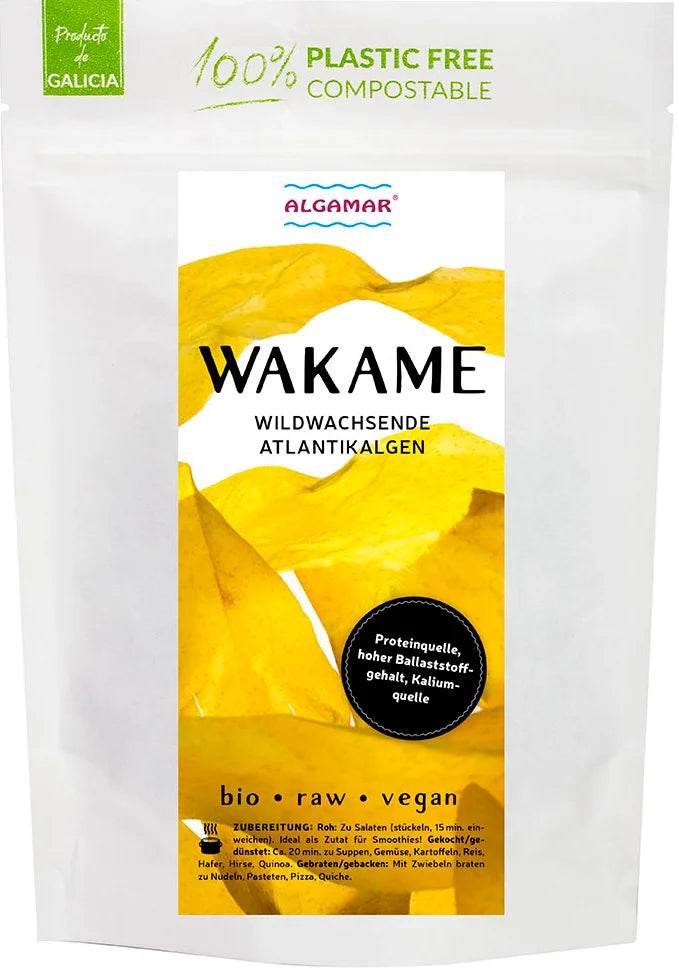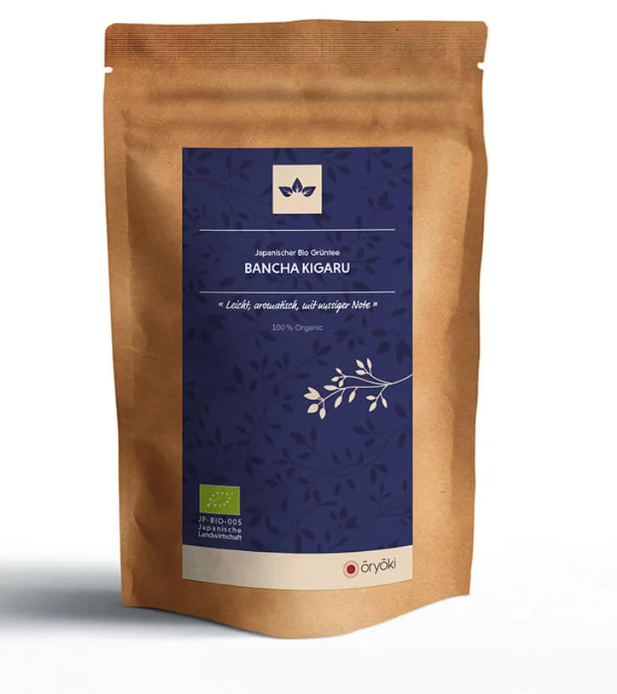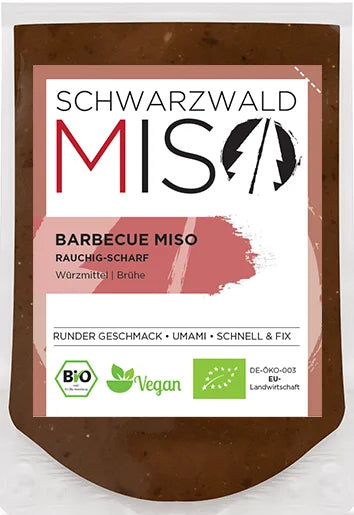Production
MISO production
The finest organic raw materials are fermented into the seasoning paste MISO using a millennia-old Japanese technique. In Japan, MISO is also known as a "gift from the gods." In Germany, it may be advertised as a source of fiber and protein, but the secret lies in time and the traditional fermentation process that follows the changing seasons.

How can MISO be made?
Black Forest MISO is produced through traditional slow fermentation in harmony with the seasons. However, there are basically two production methods: traditional and industrial.
What advantages does Black Forest MISO have over industrially produced miso?
The traditional, slow miso production we practice adapts to the natural aging process, the ambient temperature, and the season. No artificial additives are used. Our miso pastes are always produced in small batches, each of which fills exactly one barrel.
In contrast, the industry uses accelerated, temperature-controlled fermentation processes in large reactors. Unfortunately, to "imitate" the intense umami flavor produced by slow fermentation, glutamic acid, colorings, and flavorings are often used in industrial production. Chemical preservatives, ethyl alcohol, or sorbic acid are also used for preservation.
Our miso pastes are naturally free of such additives – the unique flavor is created solely by the high-quality ingredients and a generous amount of time. No two miso pastes are the same. Just as each vintage of a fine wine tastes different due to external environmental influences, each batch of our miso paste is a unique product.
How exactly does fermentation work?
Miso traditionally consists of a legume, a type of rice or grain, salt, and water. Depending on the variety, we sprinkle rice, barley, or soybeans with A. oryzae – a fermentation culture. After several days, the initial fermentation is complete. The result is called koji.
This is then mixed with cooked pulses, salt, and water. The resulting mixture is subjected to a second fermentation in barrels. This process can take between 6 and 36 months.
The decomposition of the legumes and rice/grains during fermentation makes the ingredients much easier to digest. Protein, in particular, is broken down into eighteen different amino acids, including all essential amino acids.







